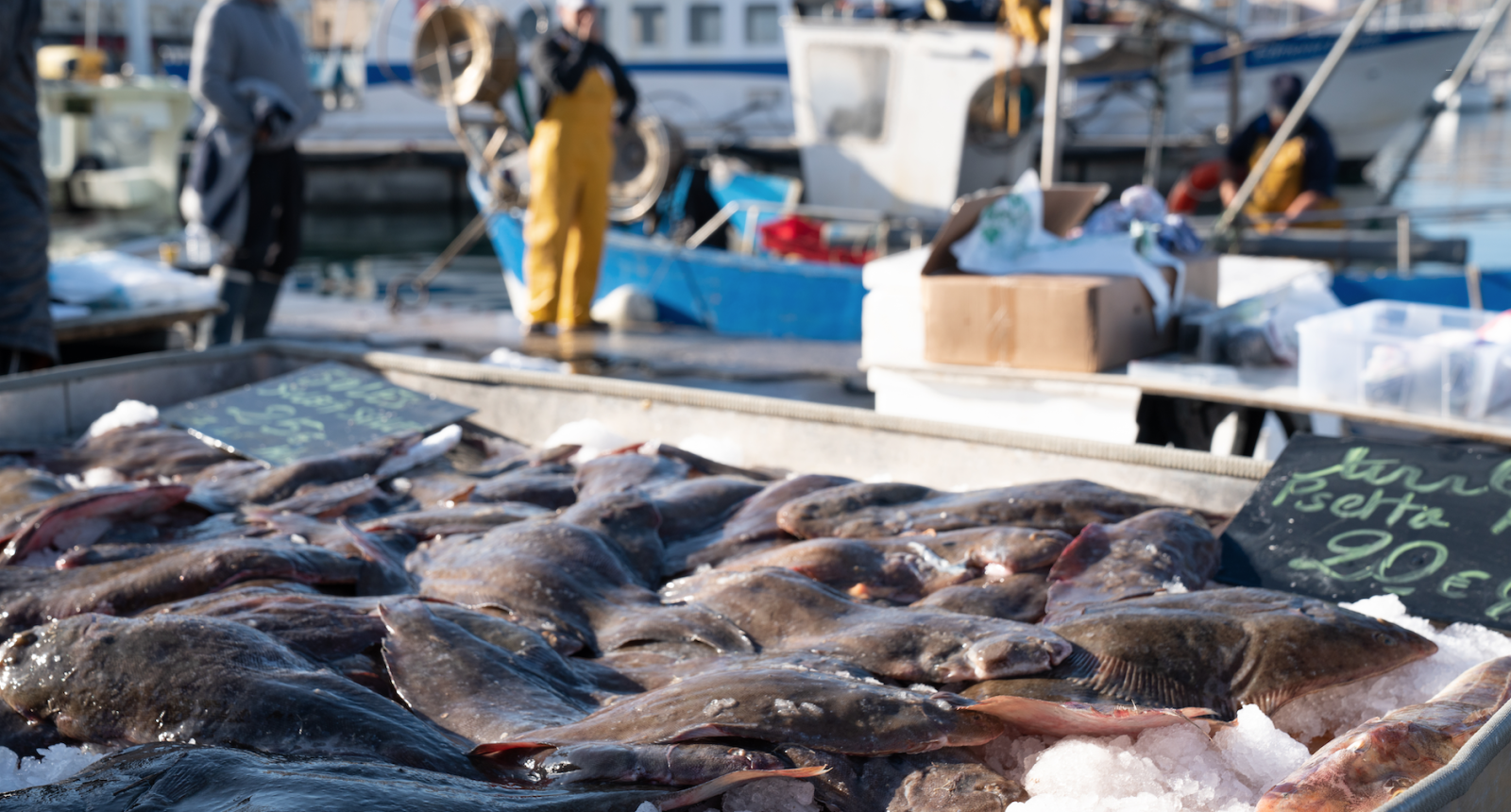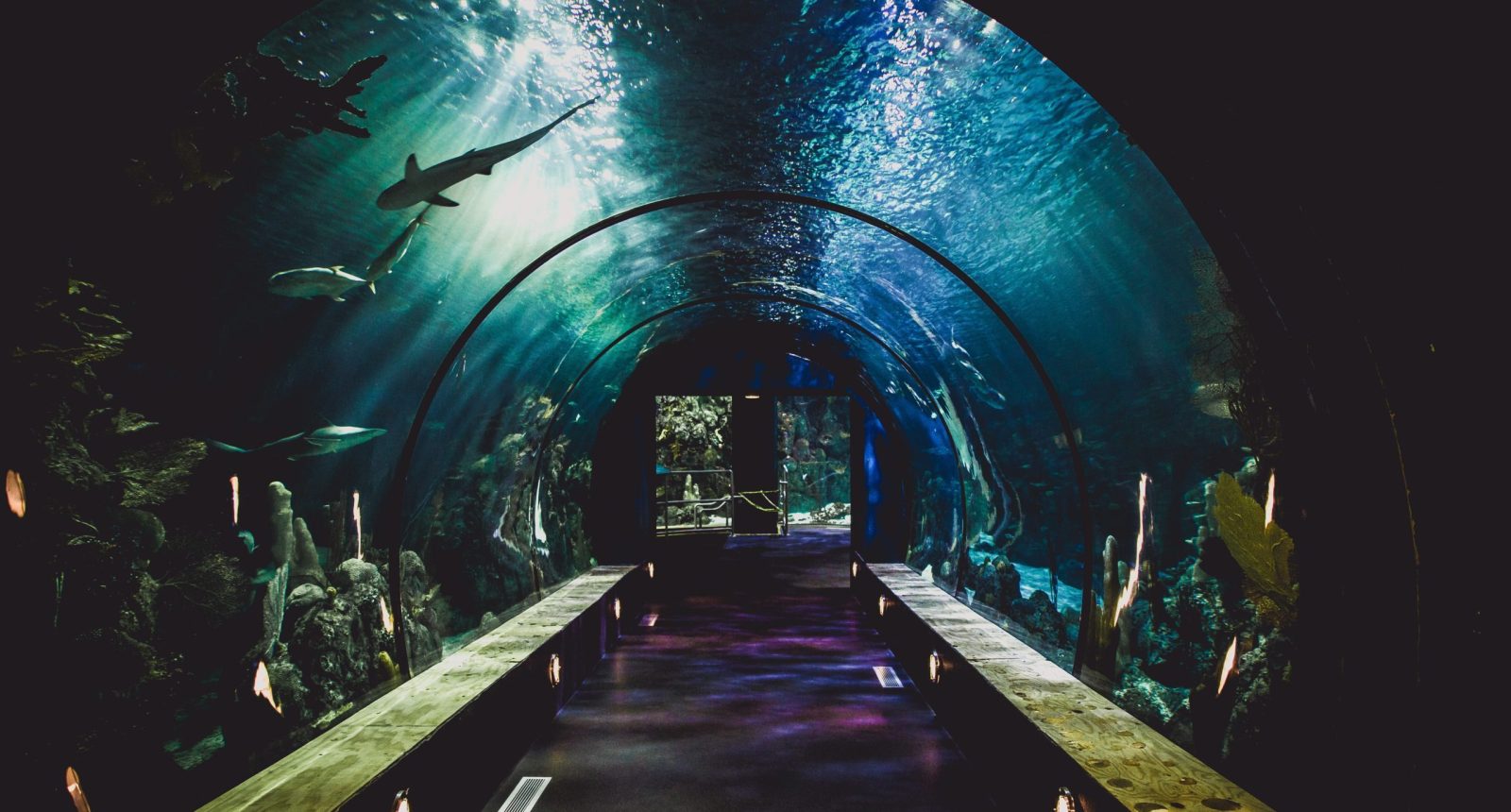
The proliferation of plastic products in the last 70 years or so has been extraordinary; quite simply we cannot live without them. We are now producing nearly 300 million tons of plastic annually and nearly 8 million tons of that ends up in our oceans every single year. This trash flows into our ocean and entangles wildlife, pollutes our beaches, and costs coastal municipalities hundreds of millions in taxpayer dollars. In addition, plastics will never fully “break down”; instead they simply fragment into smaller and smaller pieces. Even at the microscopic level, however, plastics still pose a threat to marine wildlife and environments.
Plastic has been found in 59% of sea birds like albatross and pelicans, in 100% of sea turtle species, and more than 25% of fish sampled from seafood markets around the world.
Nick Mallos, the current director of Ocean Conservancy’s Trash Free Seas® Program believes plastic pollution is posing unnecessary risks to individuals and industries reliant on the oceans to survive. “Beyond an eyesore, plastic in the ocean imparts unnecessary costs to maritime and fishing industries as well as to coastal economies, and affects more than 800 marine species from the smallest zooplankton to sea turtles and the largest whales. Scientists are growing increasingly concerned about the threat of toxins and contaminants adsorbed by plastics to marine animals, particularly fish and shellfish commonly sold for human consumption.”
Along with the threat of toxins, scientists are concerned about fish populations in our oceans. It is estimated that by the year 2025 there could be one pound of plastic for every three pounds of fish in the ocean, and by 2050 there may be more plastic the fish in the ocean. The Trash Free Seas Alliance® and the Ocean Conservatory are aiming to reverse that statistic and instead cut ocean plastic inputs in half by the year 2025 through their support of the development of fundamental waste collection and management in countries with rapidly growing economies – and most importantly, through their own volunteer efforts in the International Coastal Cleanup Day.
This weekend, on Saturday September 16th, millions of people from around the world came together to take part in the world’s biggest volunteer effort to protect the ocean and fight back against this senseless marine pollution. The International Coastal Cleanup Day has been mobilized annually by the Ocean Conservancy since 1986. Last year alone volunteers removed nearly 18.4 million pounds from our oceans and waterways; enough fishing line was collected to drop a hook to the bottom of the Mariana Trench nine times over, enough balloons were collected to lift a walrus, and enough cigarette lighters were collected to stack up ten times the height of the Eiffel Tower.

International Coastal Cleanup Report 2016
Mallos emphasizes that those participating in International Coastal Cleanup Day are doing far more than cleaning up garbage. “These volunteers don’t just pick up harmful trash; they tally every item they find, contributing to the largest body of marine debris data globally.” This marine debris data makes up the Ocean Trash Index, the world’s largest database on marine litter that’s used to educate and inform scientists, conservation groups, governments, and industry leaders about ocean pollution. The data collected during International Coastal Cleanup Day had aided in the creation of several laws across the world including the prohibition of smoking-related litter, prohibiting mass balloon releases, and prohibiting foam containers. ICC data were important in convincing lawmakers to uphold California’s plastic bag ban in 2016 – the first statewide ban in the United States.
“Furthermore, the Cleanup not only mitigates the threat of debris to wildlife and communities, but the physical act of picking up trash from your beach or waterway delivers a transformative experience that often opens peoples’ eyes to the problem for the first time.” Participating in the International Coastal Cleanup Day not only allows individual citizens to have an impact on the marine pollution movement, but it facilitates lifelong change in them that is the first step in creating long-term global change for our oceans. Combining education and awareness with passion leads to small individual changes that add up over time to make a big difference. Something as small as picking up trash in your community today, could one day lead to global policy changes protecting our oceans from pollution.
Everyday choices matter to the future of our ocean and we all have a responsibility to reduce, remove, reinvent, and recycle. Even if you we’re able to make it out to a clean-up site last weekend, or if you did and want to continue making a difference, check out this list below of things you can start doing right now to help keep our oceans and waterways clean.
What You Can Do NOW
- Use reusable items instead of disposable ones
ie) water bottles, coffee cups, Tupperware containers, straws - Avoid cosmetics and other products that contain micro-plastics
- Make smart consumer decisions and educate yourself on the full cycle of your products
what happens to your products once you dispose of them? - Learn how to recycle all types of waste
- Take five: scan your area for five seconds to make sure you’ve taken all of your trash with you; and find five extra trash items to pick up as well
- Support organizations such as Ocean Conservancy, who are fighting for cleaner seas and protecting our oceans
Photo courtesy of Meredith Houseworth / Ocean Conservancy
Sorry, the comment form is closed at this time.




Rosie
I truly hate what we’re doing to our planet. 100% of sea turtles? How on earth are so many people ok with that? It’s so sad. How do we get more people to become aware of the impact plastics, single use ones especially, are having on our planet? I wish I could run around in the street and tell everyone.